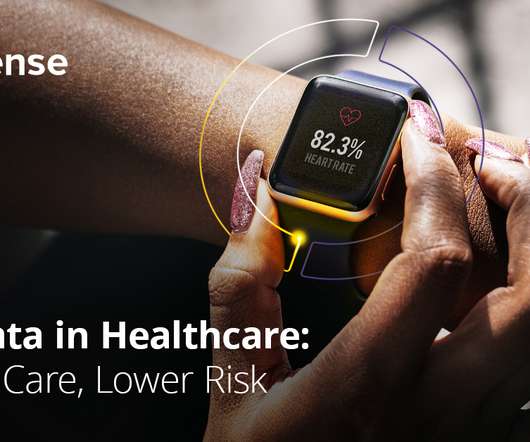How Insurers Evaluate Data and Incorporate it Into their Business Model
Smart Data Collective
JUNE 29, 2021
Many companies have been heavily impacted by big data. One of the industries most affected by data technology has been the insurance sector. In order to appreciate the role of big data in insurance, it is necessary to look at its historical context. This is no longer true than when it comes to data.























Let's personalize your content